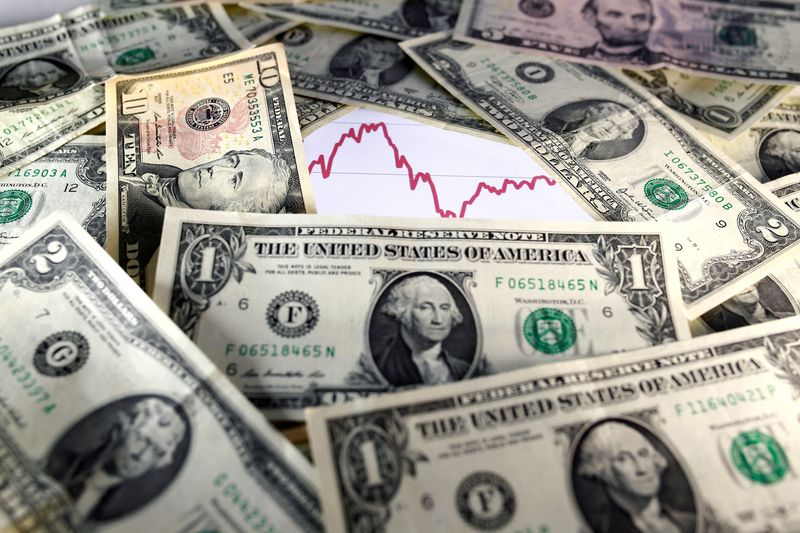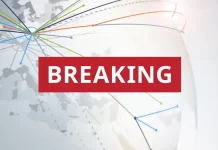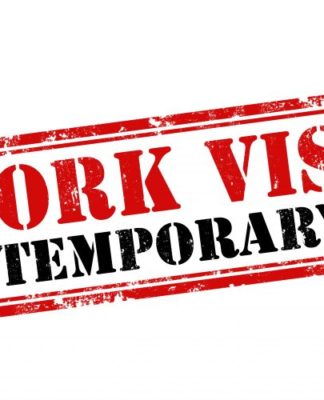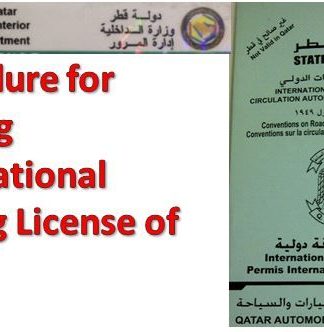Hedge funds eye U.S. bond boost after bruising Q1: McGeever

ORLANDO, Fla. (Reuters) -For the U.S. bond market, the first quarter was marked by historically high volatility and the poorest performance in decades. Hedge funds scored badly, and will be hoping for a better showing in the second quarter.
U.S. futures market positioning in the first week of the new quarter showed that funds generally got it right on the move up in short-dated rates and yields, but didn’t anticipate the spike higher in the 10-year yield.
It was a mixed bag on the relative value trade between two- and 10-year Treasuries, the closely watched “2s/10s” yield curve. The curve flattening that funds positioned for came to pass, but only briefly.
Commodity Futures Trading Commission data showed that funds cut their net short 10-year Treasuries position in the week to April 5 by 113,682 contracts to 362,875, and increased their net short position in two-year bonds to 72,194 contracts from 59,202.
That was essentially a bet on the 10-year yield falling, and the two-year yield rising.
The 10-year yield rose to 2.55% from 2.40% in that week and has continued to soar, reaching a three-year high on Monday of 2.77%. The two-year cash yield jumped by around 30 basis points to 2.60% in the week to April 5.
A short position is essentially a bet that an asset’s price will fall, and a long position is a bet it will rise. In bonds, yields rise when prices fall, and move lower when prices rise.
Taken together, these CFTC position shifts were a collective bet on a flatter “2s/10s” curve. The curve inverted by as much as 8 basis points on April 4 before rapidly steepening to +20 bps a few days later.
Q1 CURVE TRADES CRUSHED
Hedge funds often take long-term directional bets and thrive on the arbitrage opportunities created by rising volatility. While funds seemed to get it at least partially right as the second quarter started, with regard to their Treasuries bets, the first quarter was extremely challenging.
Industry data provider HFR said on Friday its Relative Value Fixed Income-Sovereign Index lost 2.66% in the first quarter, the worst performance for two years and a stark contrast to the 7.71% surge in its broader Macro Index.
Comparing the shifts in CFTC Treasuries futures positioning in the January-March period with moves in U.S. yields shows that funds got the directional bets on higher yields right, but were crushed on their curve trades.
Funds increased their 10-year bond net short position by almost 265,000 contracts and their two-year net short position by 147,000 contracts, effectively a bet that the 10-year yield would rise by more than the two-year yield.
The 10-year yield rose around 83 bps in the quarter, but the two-year yield surged 160 bps, the biggest quarterly rise in over 40 years. The curve flattened by 77 bps, the most since 2011.
The overwhelming consensus now is that the Fed is about to undertake the most aggressive policy tightening in decades via steep interest rate hikes and a rapid reduction of its balance sheet.
So where does the curve go from here?
Analysts at Citi note a fairly substantial amount of easing is already priced into U.S. money markets from the expected peak in rates in the second half of next year, suggesting there may be limited room for the curve to flatten further.
But analysts at Morgan Stanley argue that an inverted yield curve “is here to stay,” without necessarily flagging recession ahead.
If a clear trend emerges over the course of the quarter, funds will be hoping they are on the right side of it this time.
Related columns:
– Cold comfort in re-steepening U.S. yield curve (Reuters, April 8)
– Wage-price spiral alarm risks prolonging real income funk (Reuters, April 8)
– Elusive bond risk premium misses its curtain call (Reuters, March 30)
– ‘Japanification’ still lurks behind hawkish Fed frenzy (Reuters, March 29)
– Cruel to be kind – Fed seems tempted by 1994 playbook (Reuters, March 23)
– To neutral … and beyond! U.S. rate outlook rises after Fed liftoff (Reuters, March 16)
(The opinions expressed here are those of the author, a columnist for Reuters.)
(By Jamie McGeever; Editing by Andrea Ricci)































comments